Celeriac Companion Plants: The Best To Grow Together
Title: Celeriac Companion Plants: The Best to Grow Together
Introduction:
Celery is a delicious and versatile vegetable that can be enjoyed in many different dishes. It is also a relatively easy plant to grow, but it can benefit from having some companion plants nearby. Companion planting is the practice of planting different types of plants together to benefit each other. Some plants can help to repel pests, attract beneficial insects, or improve the overall health of their neighbors.
Main Content:
There are many different companion plants that can be grown with celery. Some of the best include:
- Alliums: Alliums, such as onions, garlic, and leeks, have a strong scent that can repel pests such as aphids, carrot rust flies, and cabbage loopers. They can also improve the flavor of celery.
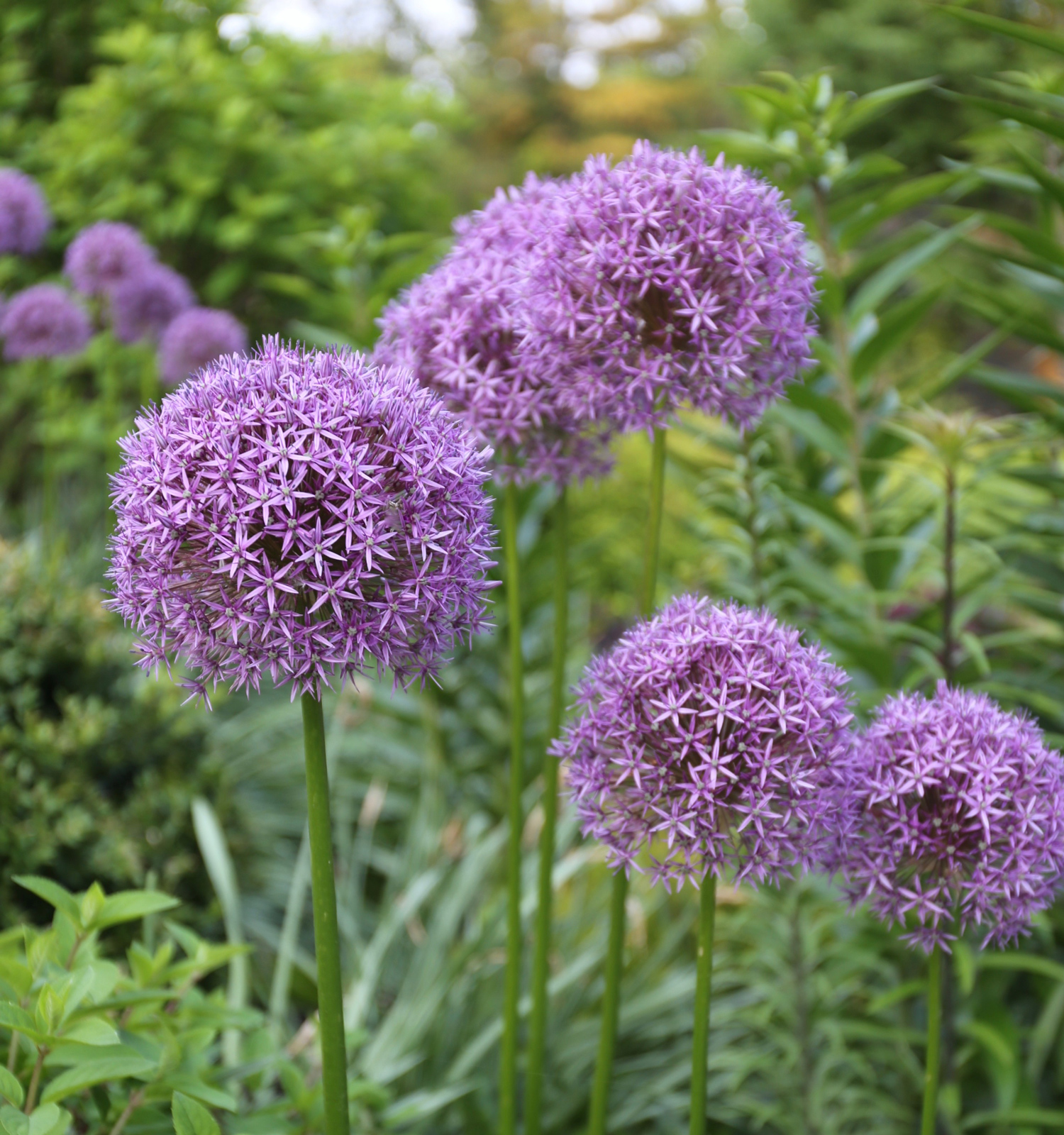
- Beans: Beans fix nitrogen in the soil, which can benefit celery and other plants. They can also help to shade the roots of celery, which can help to prevent them from drying out.
- Cabbage family vegetables: Cabbage family vegetables, such as broccoli, Brussels sprouts, and cauliflower, can help to repel pests that target celery. They can also help to improve the flavor of celery.
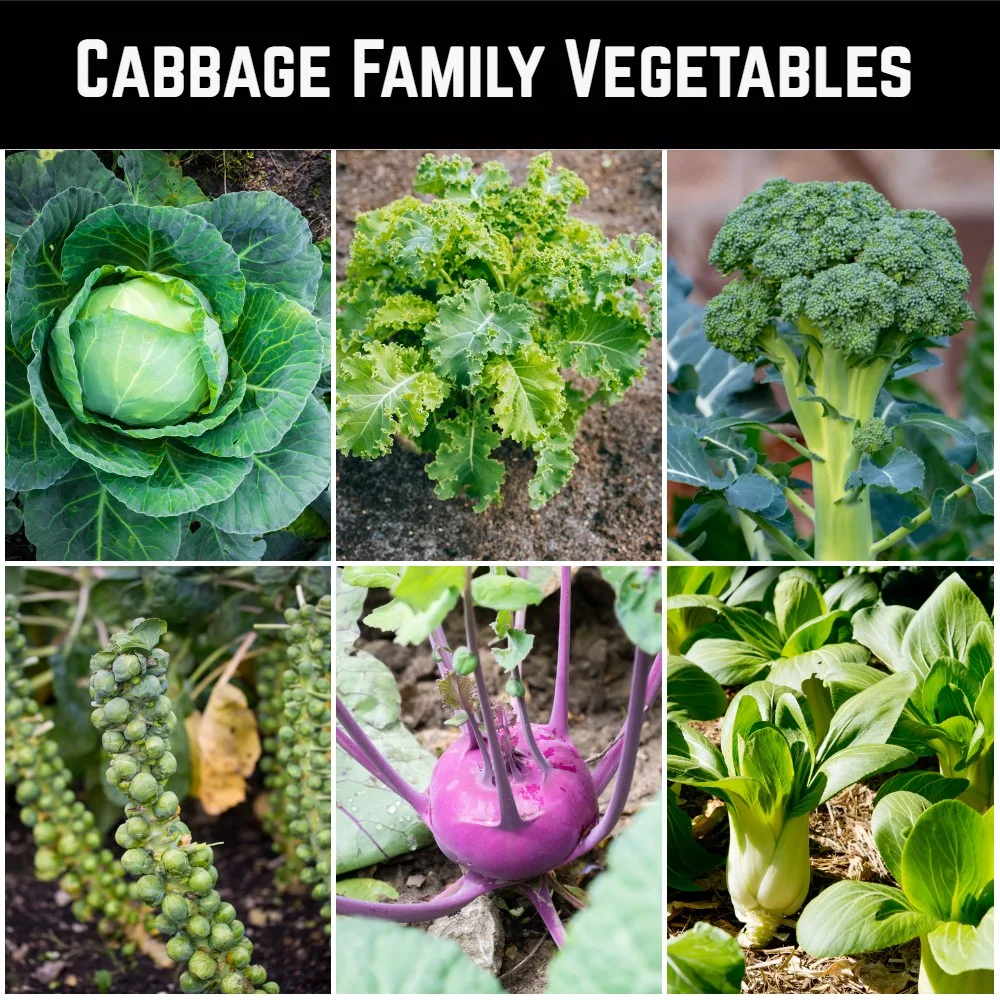
- Chamomile: Chamomile has a strong scent that can repel pests such as aphids and whiteflies. It is also said to improve the flavor of celery.
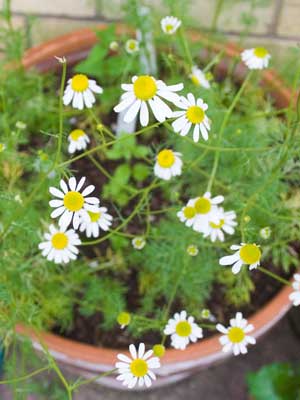
- Flowers: Flowers such as marigolds, nasturtiums, and cosmos can help to attract beneficial insects, such as ladybugs and lacewings, which can help to control pests. They can also help to improve the overall appearance of the garden.
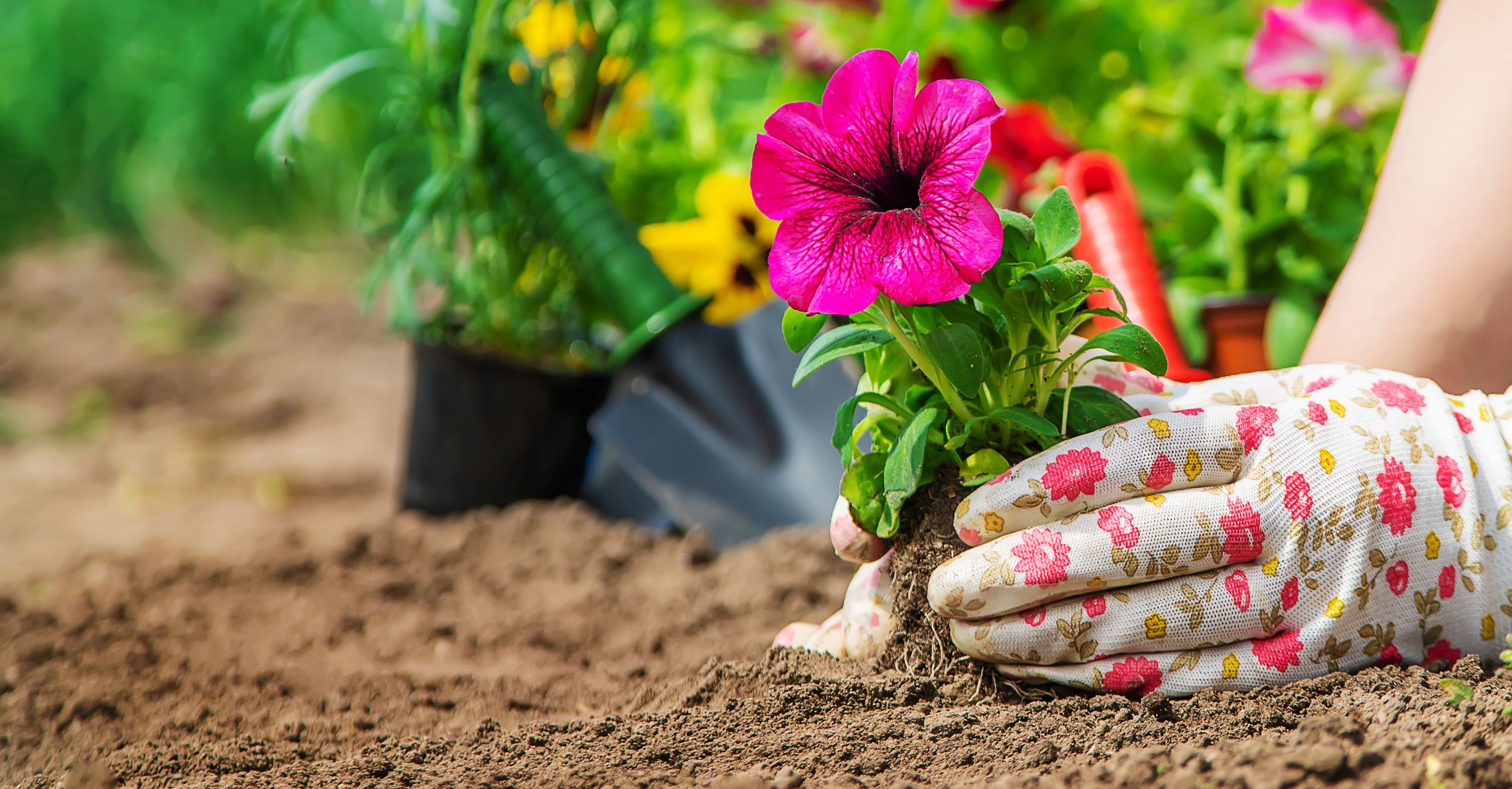
- Herbs: Herbs such as mint, dill, and thyme can help to repel pests and attract beneficial insects. They can also add flavor to dishes that contain celery.
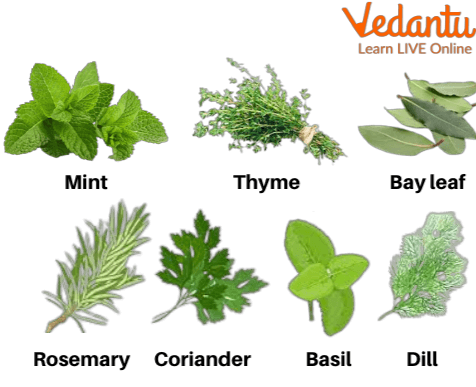
Conclusion:
By planting celery with some of these companion plants, you can help to improve the health and productivity of your celery crop. You can also help to deter pests and attract beneficial insects. So next time you are planting celery, be sure to consider some of these companion plants.
Celeriac is a delicious and versatile vegetable that can be grown in many different climates. It is also a great companion plant, meaning that it can be grown alongside other plants to help them thrive. Some of the best companion plants for celeriac include:
- Onions and spinach: These plants have shallow roots that will not disturb the celeriac's growth. They also help to repel pests.
- Marigolds: Marigolds have a strong scent that deters many pests, including those that attack celeriac.
- Chamomile: Chamomile is said to improve the flavor of celeriac when it is planted nearby.
- Cosmos: Cosmos attract wasps, which prey on pests that can damage celeriac.
For more information about celeriac companion plants, please visit Home Gardening.
FAQ of celeriac companion plants
What are good companion plants for celeriac?
Celeriac is a relatively easy-to-grow vegetable, but it can benefit from being planted alongside certain companion plants. Some good companion plants for celeriac include:
- Brassicas: These plants, such as broccoli, Brussels sprouts, and cabbage, help to repel pests that can damage celeriac, such as aphids and cabbage loopers.
- Allium vegetables: Onions, garlic, and chives help to repel pests and improve the flavor of celeriac.
- Tomatoes: Tomatoes help to deter nematodes, which can be a problem for celeriac.
- Lettuce: Lettuce helps to suppress weeds and improve the drainage of the soil around celeriac.
- Spinach: Spinach helps to attract beneficial insects, such as ladybugs, which can help to control pests.
What are bad companion plants for celeriac?
There are a few plants that should not be planted near celeriac, as they can compete for water and nutrients. These bad companion plants for celeriac include:
- Cucumbers: Cucumbers compete with celeriac for water and nutrients.
- Squash: Squash competes with celeriac for water and nutrients.
- Pumpkins: Pumpkins compete with celeriac for water and nutrients.
- Corn: Corn competes with celeriac for water and nutrients.
How do you make celeriac grow bigger?
There are a few things you can do to make celeriac grow bigger:
- Plant it in full sun. Celeriac needs at least 6 hours of sunlight per day to grow to its full potential.
- Water it regularly. Celeriac needs moist soil, but it should not be waterlogged.
- Fertilize it regularly. Celeriac benefits from a balanced fertilizer, such as a 10-10-10 fertilizer.
- Mulch around the plant. Mulch helps to retain moisture in the soil and suppress weeds.
- Keep pests and diseases at bay. Check the plant regularly for signs of pests and diseases, and take steps to control them if necessary.
Image of celeriac companion plants
- Spinach: Spinach is a great companion plant for celeriac because it helps to repel pests.
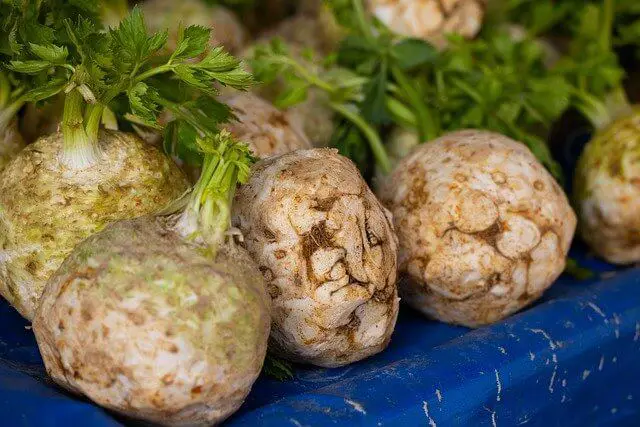
- Peas: Peas are another good companion plant for celeriac because they help to improve the nitrogen levels in the soil.

- Carrots: Carrots and celeriac can be planted together because they have similar growing requirements.

- Lettuce: Lettuce is a good companion plant for celeriac because it helps to shade the soil, which can help to prevent weeds from growing.
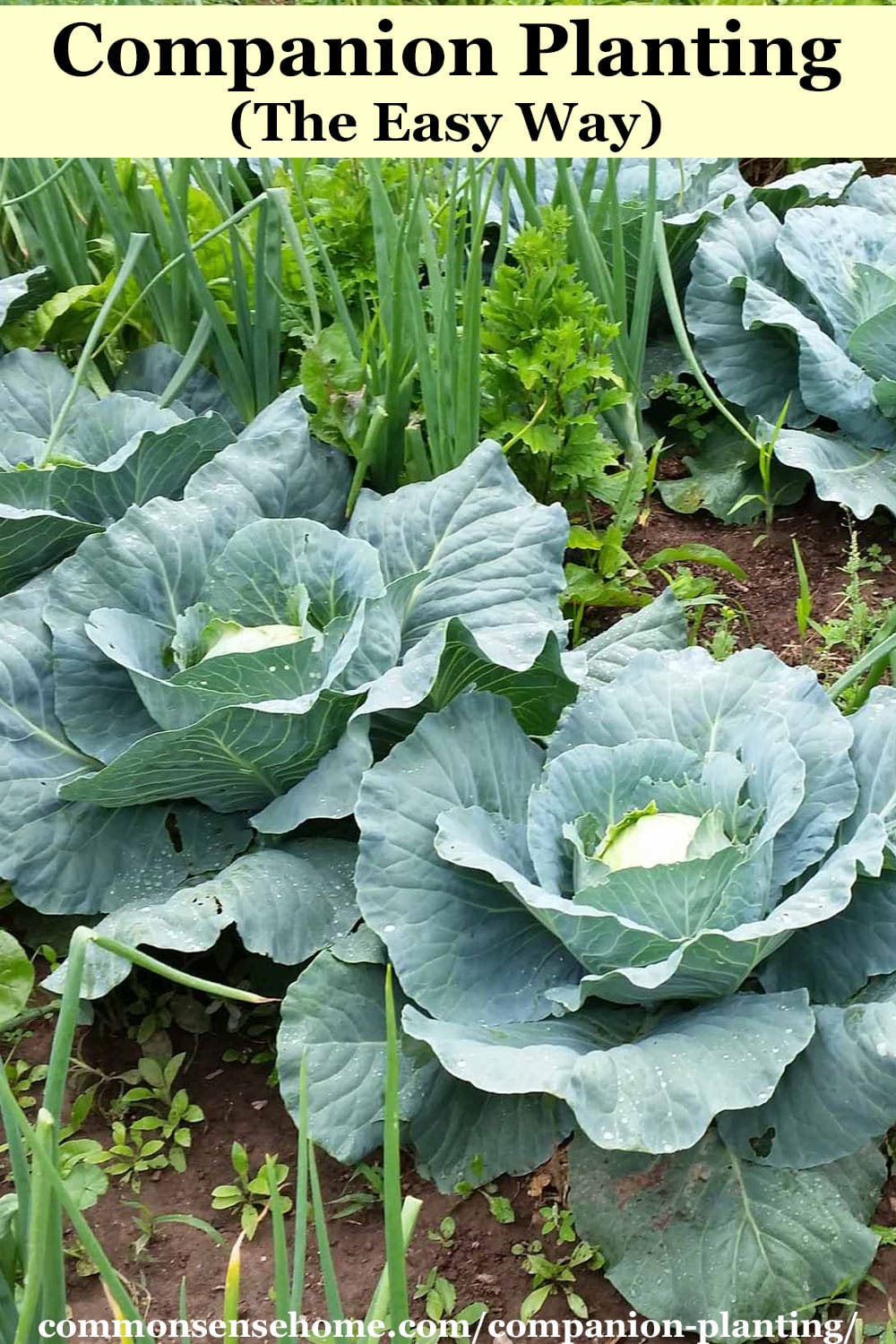
- Onions: Onions can be planted near celeriac to help repel pests.

- Herbs: Many herbs, such as thyme, rosemary, and oregano, can be planted near celeriac to help improve the flavor of the celeriac.

- Cucumbers: Cucumbers and celeriac should not be planted together because they compete for the same resources.

- Squash: Squash and celeriac should also not be planted together because they compete for the same resources.
- Tomatoes: Tomatoes and celeriac should not be planted together because they can attract the same pests.

Post a Comment for "Celeriac Companion Plants: The Best To Grow Together"